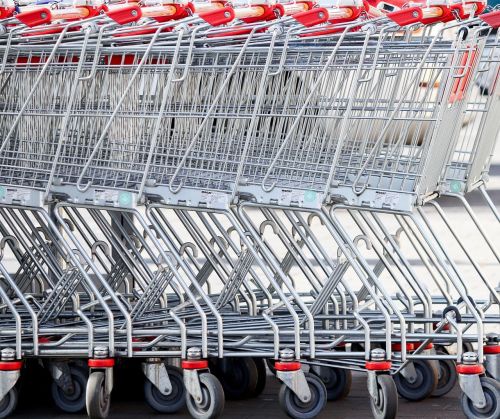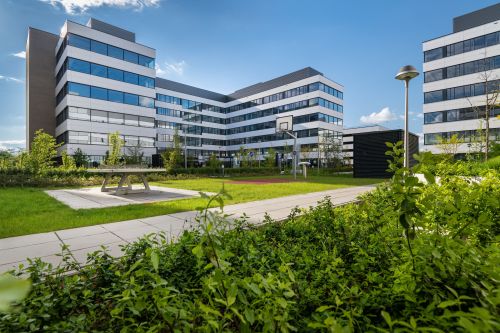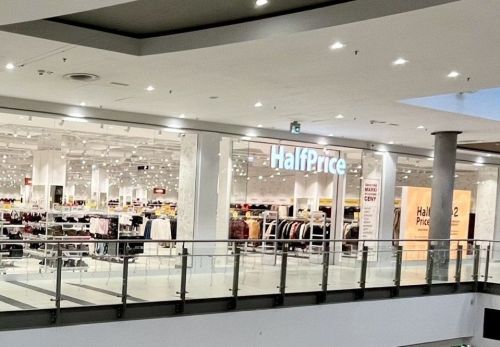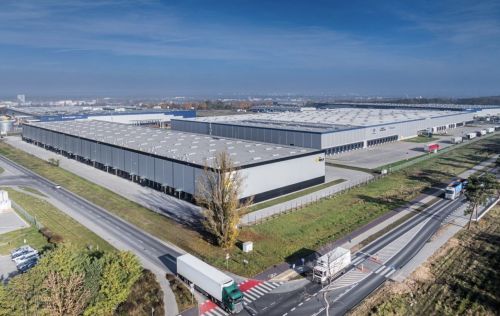The boom in Polish retail affecting the warehouse sector? ‘Eurobuild Poland’ speaks to Simon Hollins, director for the CEE region of industrial developer Segroz Nathan North, “Eurobuild Poland”: How much of your business is accounted for by customers from the retail sector?Simon Hollins, director for the CEE region, Segro: We’ve got retailers in each of our parks, probably accounting for 25 pct of our business. For other operators it is difficult to say – one big letting can change things dramatically – but I would say most big developers will have somewhere between 20 and 40 pct of their space taken by retailers. It is quite an encouraging spread we have – logistics companies etc. The boom in retail in Poland, especially in the big population centres, has increased the demand for warehousing – so distribution centres and supply chains have to be set up. It certainly underlines the need to be close to major population centres. There
























































